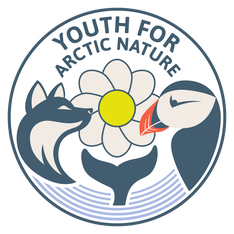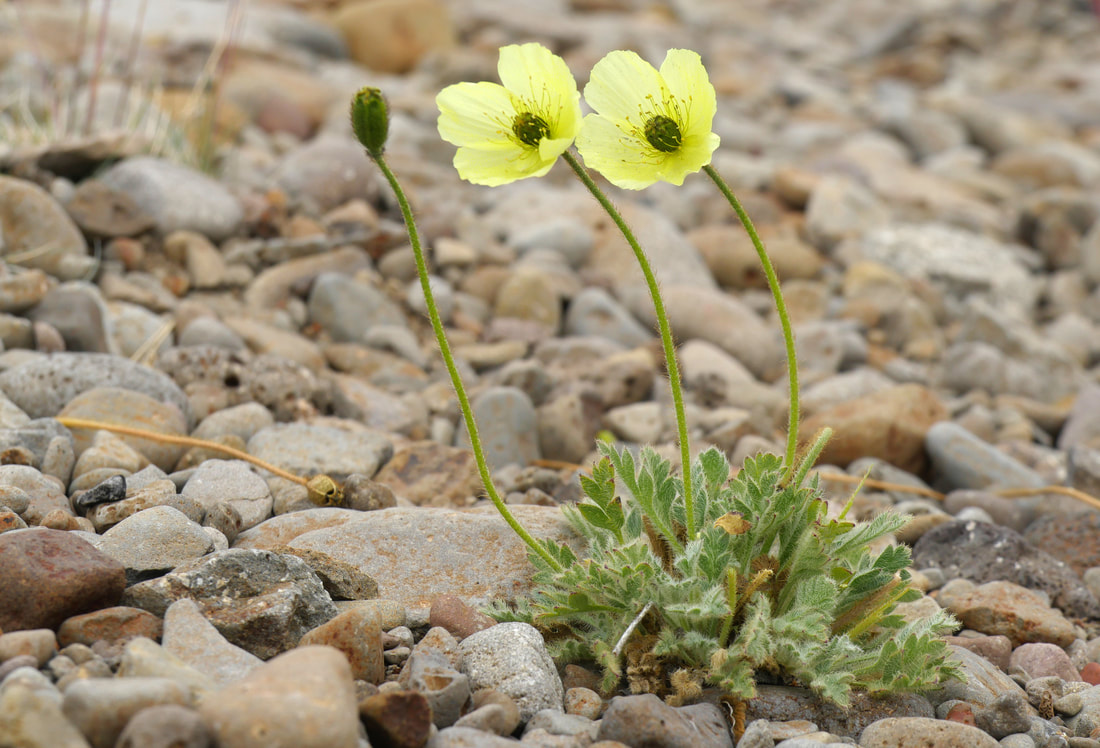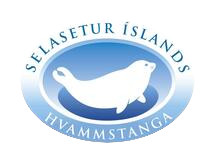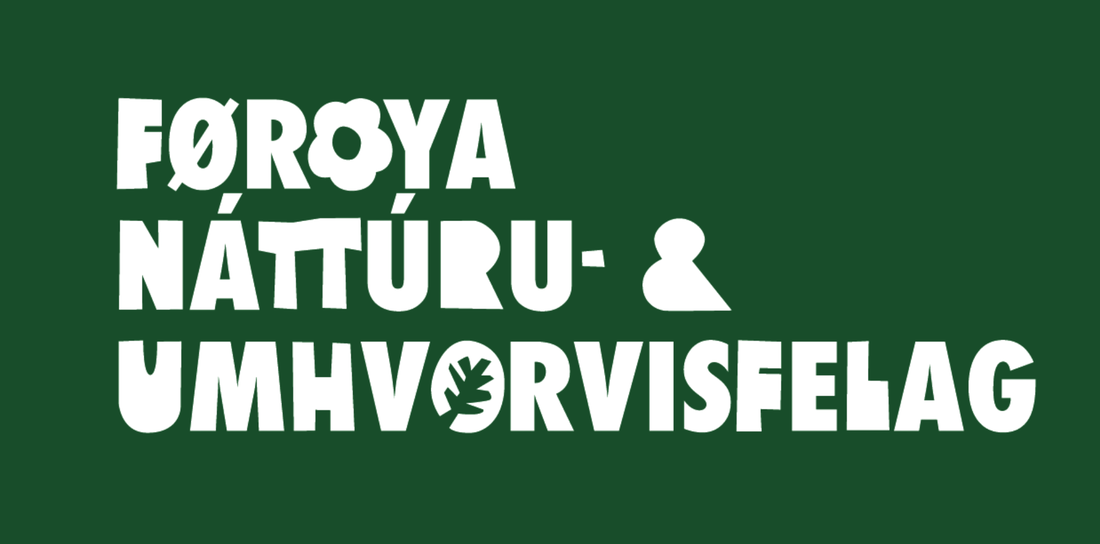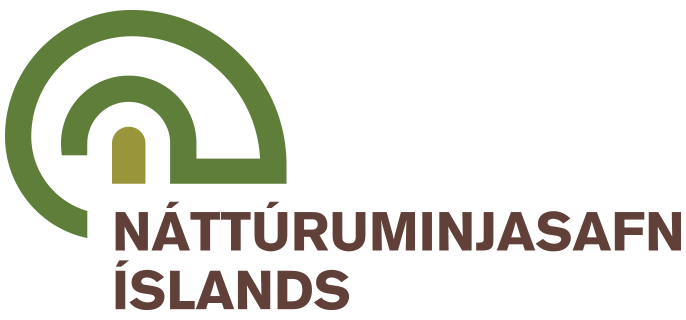|
|
Interesting facts |
- The arctic poppies that grow in Svalbard are sometimes viewed as a separate species, Papaver dahlianum
- The arctic poppy features in coat of arms of Nunavut, a northeastern Canadian territory.
Pictures
- Cover photo by Allan Hopkins, retrieved from https://www.flickr.com/photos/hoppy1951/23520213609/in/photolist-N9fYz4-s9iEWQ-BQpf5i-AoCpei-29aNxUm-BQ4mA5-vWEWJC. License: CC BY-NC-ND 2.0.
References
- Papaver radicatum. (2021). Finnish Biodiversity Info Facility. https://laji.fi/en/taxon/MX.41271/occurrence
